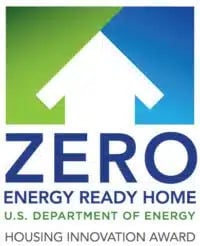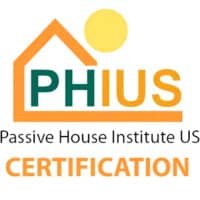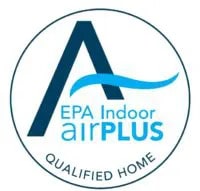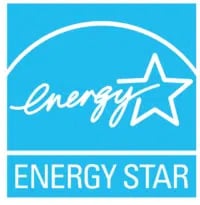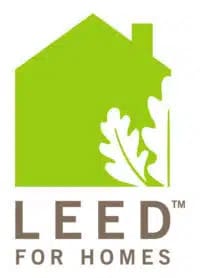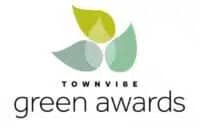Choosing to build a green home over a conventional house is a smarter choice for your wallet, your health, your community, and the environment. There is so much to learn about green homes, but once you get more familiar with the green building process, you’ll notice that there are a few traits that these homes have in common.
At BPC Green Builders, we’re committed to the green building practices, materials, systems, and more that create high-quality, sustainable green homes. Read on to learn more about characteristics often found in green homes, and the benefits they offer Bridgeport homeowners.
What Are Common Features of Green Buildings?
A residence built by an experienced green builder reduces the impact of your home on the environment while giving you a healthier, more durable, and vastly more sustainable lifestyle.
Five of the most common features include:
1. Use of green home building materials
By working with a reputable green home builder, you should be able to confidently trust that they will do everything in their power to responsibly source and use green materials throughout your home.
During the Design Phase of a project, BPC Green Builders works to first reduce the amount of materials a home will need while still maximizing a home’s performance. We then assess the environmental impact of each of the materials that are required to create your home, and use recycled, non-toxic, local, and durable options whenever possible. Though this takes some additional legwork, it’s all worth it in creating healthy, comfortable, environmentally sound homes.
An added bonus of green homes is that the cost of materials to build green homes is often comparable to the cost of materials for a conventional home. Plus, most green homes have such low operating costs that allow you to quickly offset additional build costs once your build is complete so your net costs are lower than with a conventional home.
2. Building science-backed design and engineering
Sustainable, high performance green homes are fundamentally different from houses built to conventional standards. Green builders must have multidisciplinary training, long-term experience, and an innovative mindset to create real results while minimizing waste, both during construction, and throughout a building’s lifespan.
BPC Green Builders homes achieve our high building standards time and time again as a result of our commitment to engineering and design excellence. Whether you’re a client or an architect, you’ll have an opportunity to be a part of the comprehensive Pre-Design and Design Phases of your project and get a glimpse into everything that goes into creating a healthy, efficient home. BPC also guarantees that you’ll be able to weigh in on your priorities while we maximize your ROI.
Our team uses our engineering and design backgrounds to achieve high performance for every home we build. Some characteristics you may notice in our green homes are overhangs to strategically block sunlight during the hottest parts of the day, proper sizing and optimal installation for efficient home comfort systems, and thicker walls for more insulation that allows for more consistent temperatures in your home.
3. Efficiency Measures
Efficiency is an innate characteristic of green homes, but there is also a wide spectrum of efficiency you can pursue while building your green home. To prove our commitment to efficient buildings, all BPC Green Builders homes meet a minimum threshold of being DOE Zero Energy Ready-certified. Past BPC clients have elected to take a step further in home efficiency by choosing to build to the most extreme green home standards and certifications, like LEED for Homes Platinum.
Whatever your efficiency preference, BPC can meet your efficiency expectations by installing proper insulation, high efficiency doors, windows, and appliances, efficient lighting and HVAC systems, and more.
4. Quality construction
When building a true green home, it’s essential to choose a builder who is dedicated to quality and craftsmanship so that your property will be durable, standing up to decades of use, so you don’t have to sink lots of money into repairs, retrofits, or building another property entirely.
5. Water conservation
Part of building a green home is working to minimize the use of natural resources after you move in. Though droughts are fortunately not common in New York and Connecticut, it’s still smart to minimize your water use to reduce your impact on the natural world.
There are many ways to include water conservation measures in your home design, such as:
-
Low-flow fixtures
-
Gray water systems
-
Rainwater collection
-
Modern composting toilets
-
And more
These five characteristics are a good starting point in learning about green homes, but there are many more common characteristics of green homes, like use of alternative energy sources, and more. Continue browsing our site for even more green features homes for homes.


